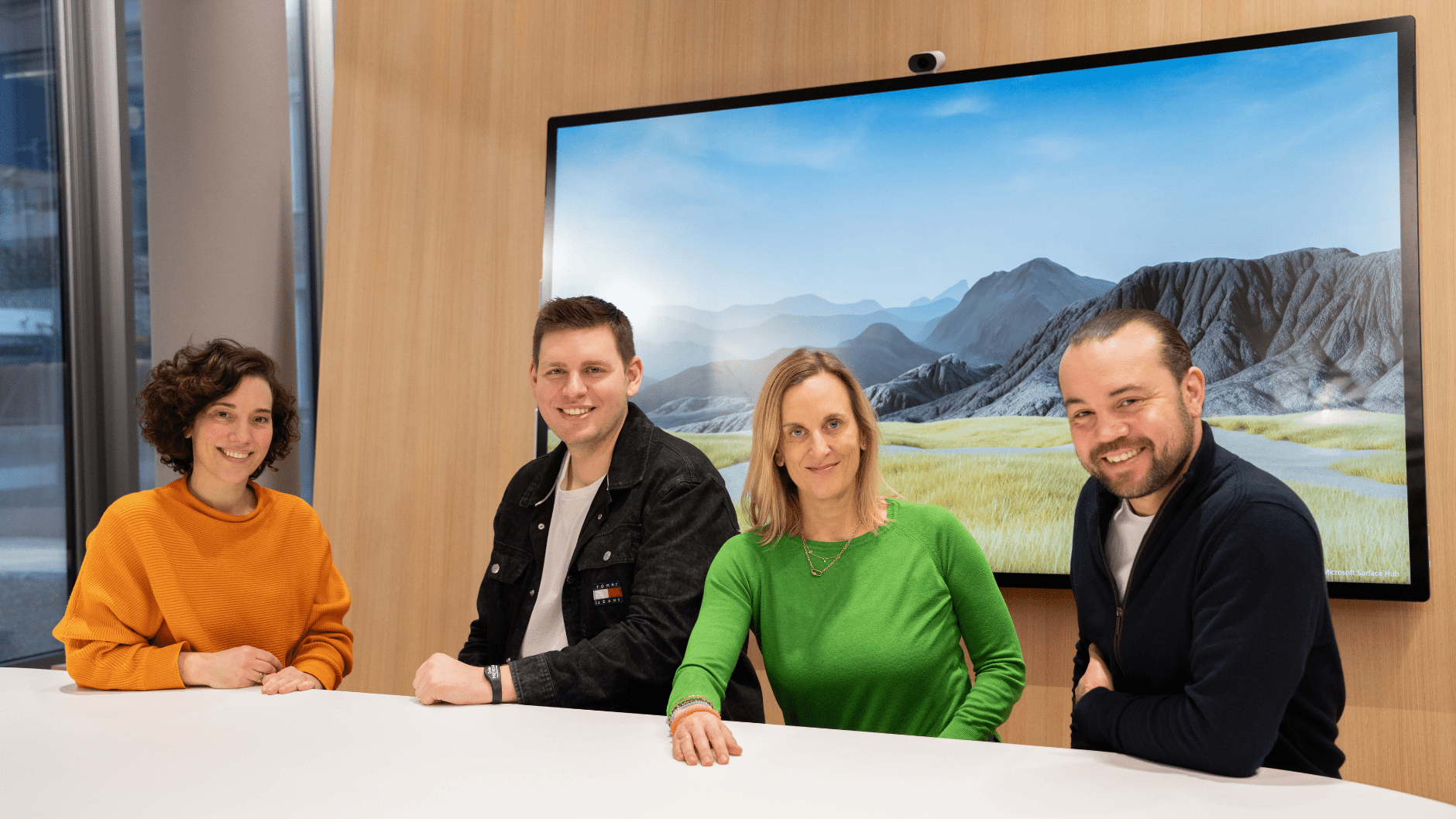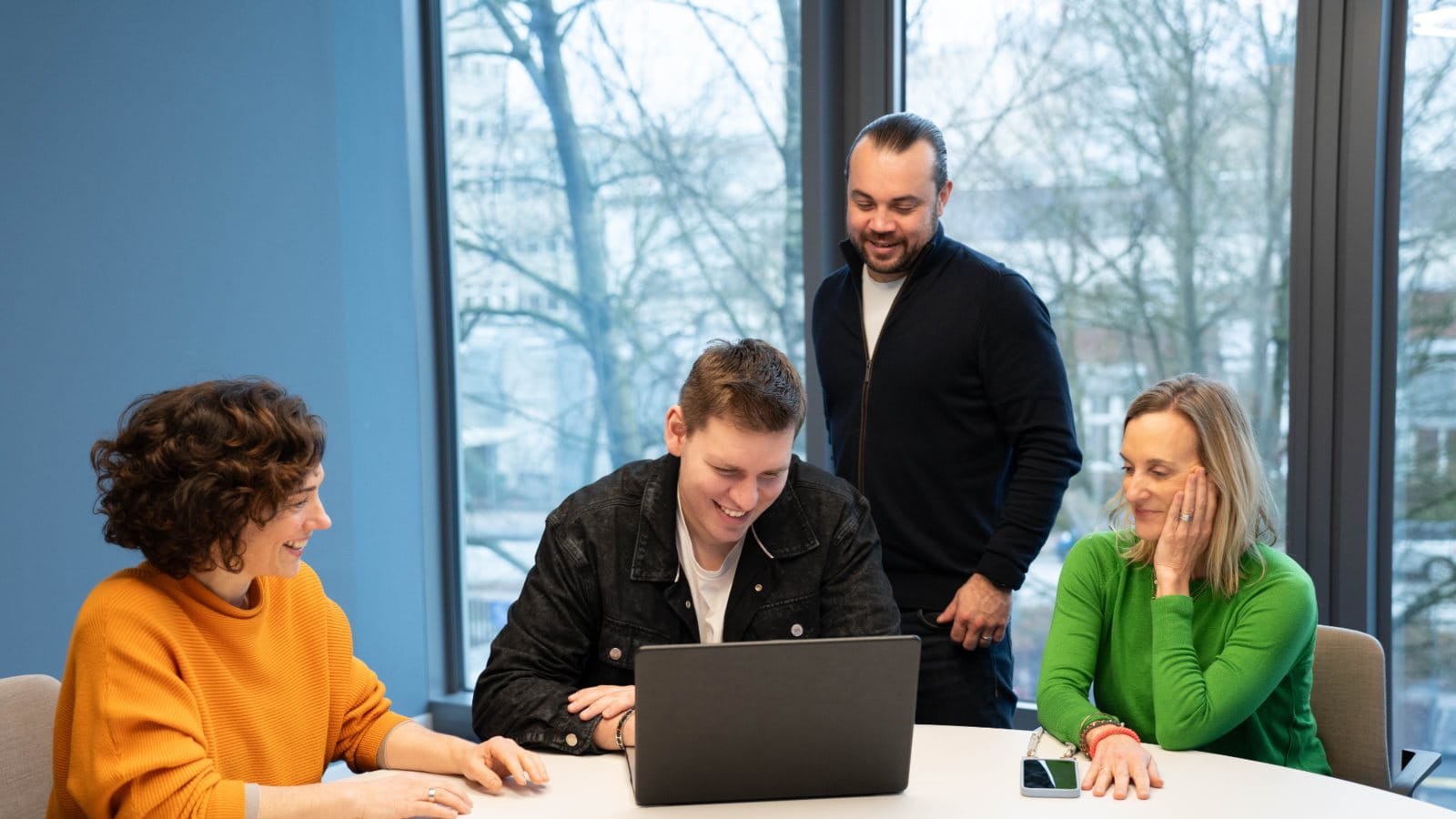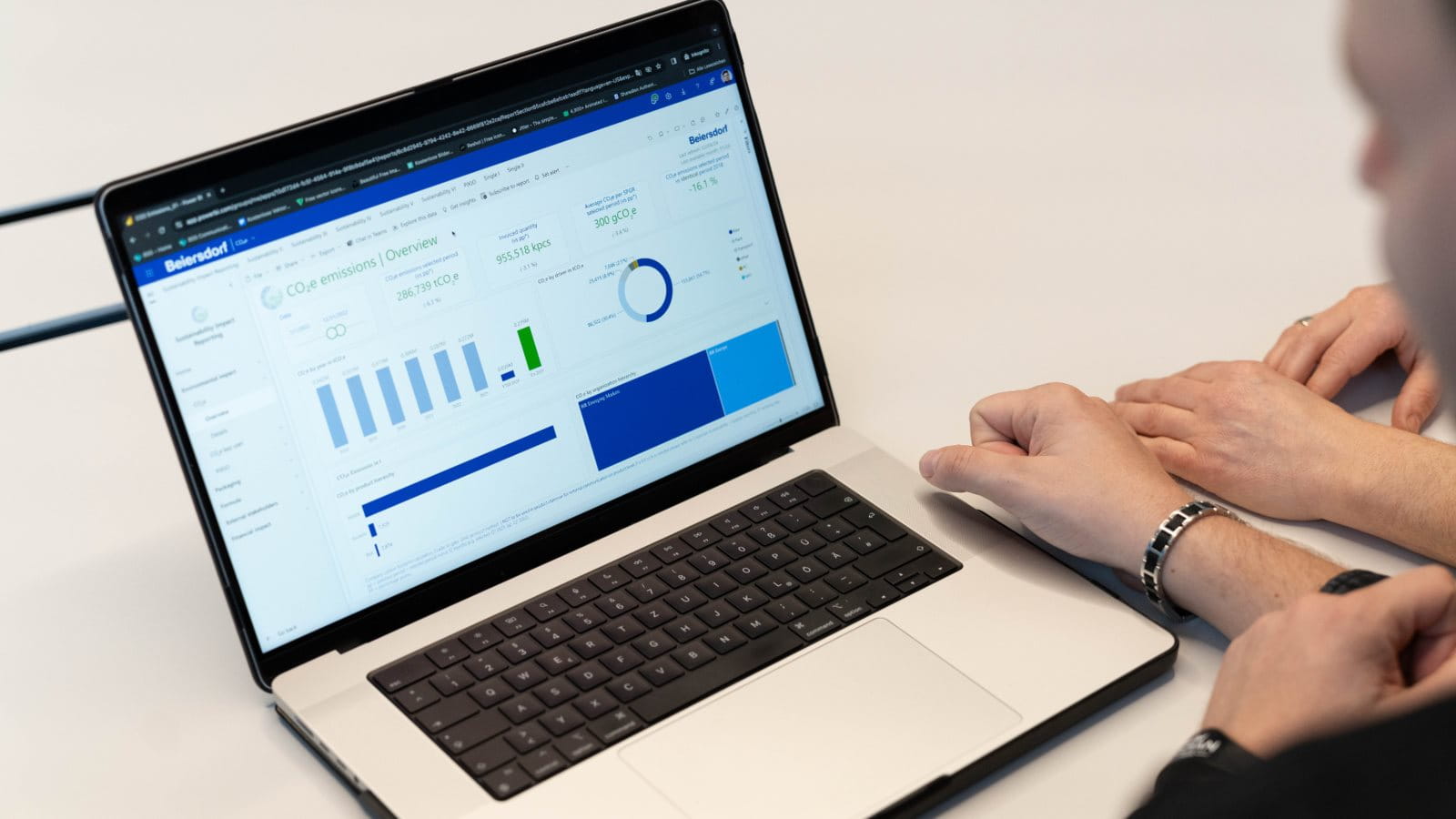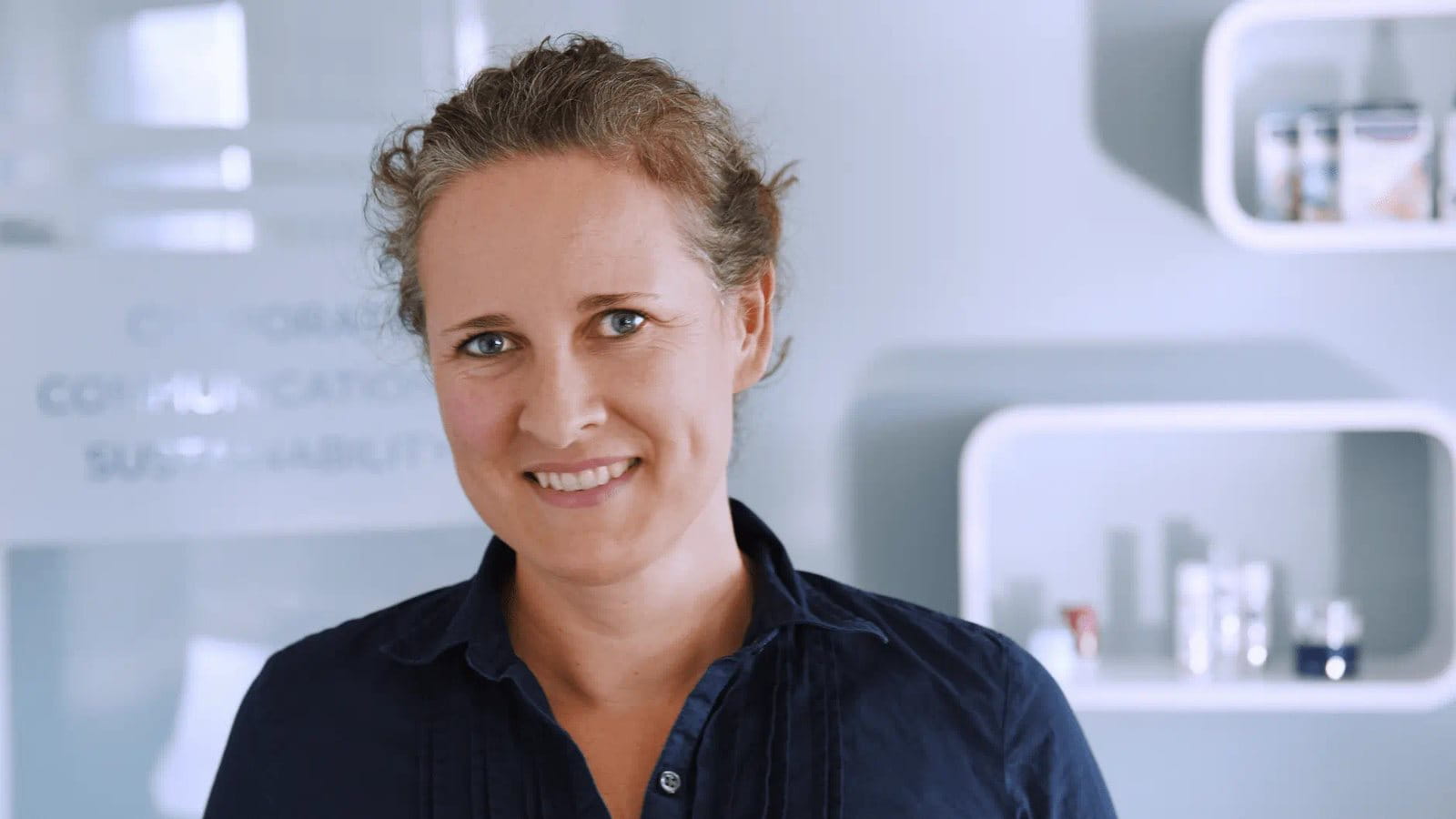To achieve positive change for the environment and society, Beiersdorf has set itself ambitious targets with its CARE BEYOND SKIN Sustainability Agenda: first of all, to reduce the CO2 emissions along the entire value chain (across Scope 1-3) by 30% in absolute terms by 2025 (vs. 2018). So far, so good, but how do you keep track of all the action going on in different areas of the company? And how can you ensure that those levers are set in motion that will deliver the greatest impact? Last, but not least: how does each measure taken affect the CO2-balance in the long term?
Questions upon questions – very typical for the topic of sustainability. And this is exactly, where the “Sustainability Digitalization Program” of Beiersdorf comes in. The goals: firstly, precise, and automated data collection to create transparency about all contributing factors, and secondly, the possibility of creating simulations. A simulation that can show, for example, how changes in the formulation or packaging of a skincare product affect the company’s carbon footprint in the medium and long term.
This sounds super interesting, so we talked to the cross-functional team, which consists of the job tandem Birte Paustian-Blömer and Dorothee Kässner, both Business Program Lead Sustainability Digitalization, as well as the IT Program Leads Paco Nuguid and Sebastian Pinzke.




